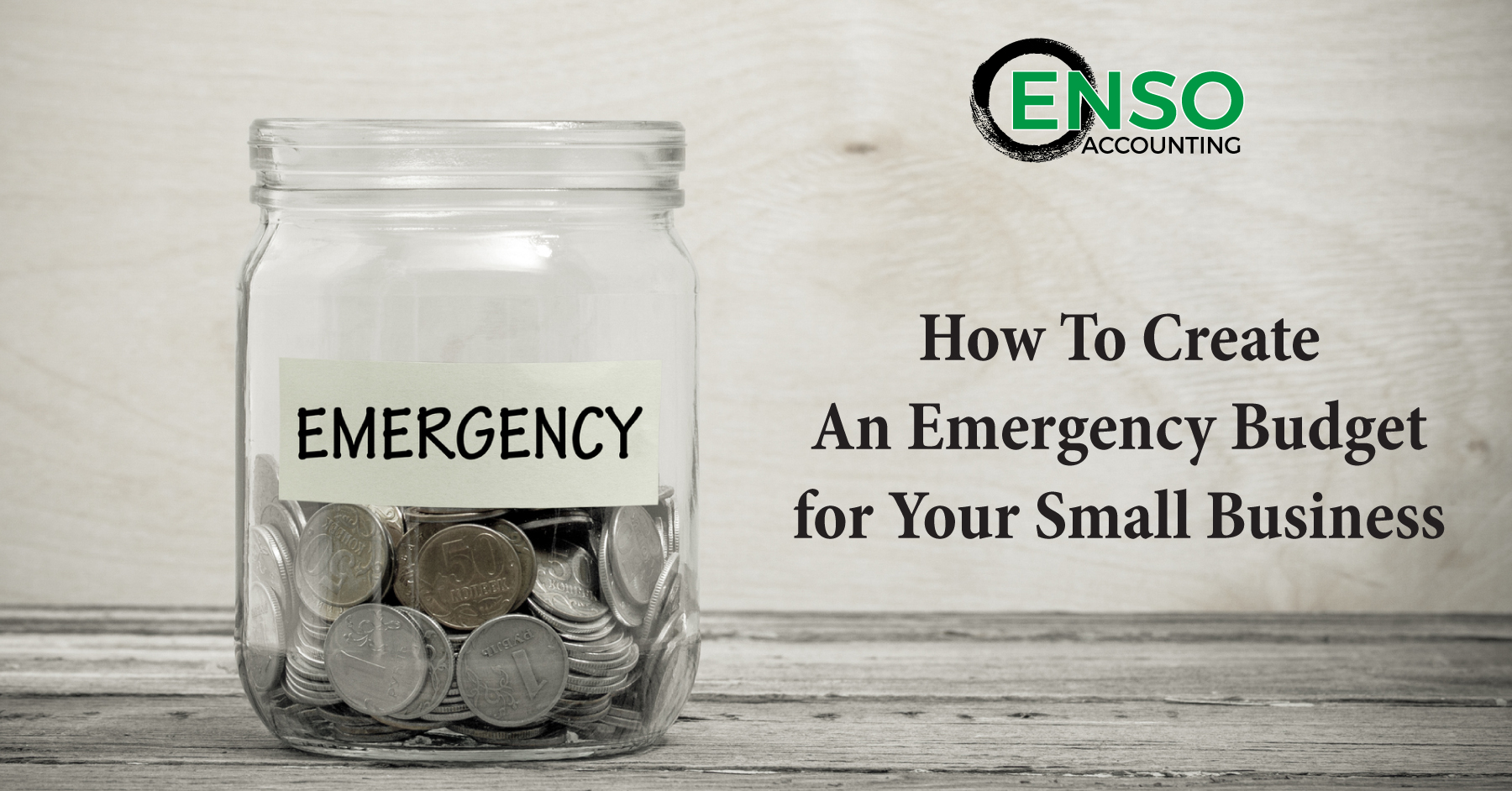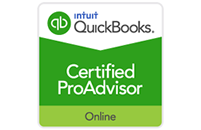If the natural disasters in Texas and Puerto Rico this year gave you anxiety for your own disaster preparedness, one way to ease your mind is to create an emergency budget for your business. Emergencies do happen, and while they may range in scale and scope, business leaders and individuals alike are caught off guard in the chaos. The scary fact is that whether an incident is natural or human-caused, if you’re unprepared, your business and even personal well-being could suffer.
Developing an emergency budget is a preemptive step that will pay off immediately when any disaster occurs. Not only can it help save on recovery costs and expedite the return to normalcy, but it will also provide you with peace of mind. Let’s look at ways you can start planning and creating an emergency budget for your small business.
Identify Core Expenses
The first step in building an emergency budget is looking at how your business regularly spends money. Ask yourself what the biggest costs are for keeping your business running. Perhaps it’s staff salaries, technology costs, product supplies – the list goes on, but what’s important is that you identify the most vital expenses. It may even help to categorize expenses as primary, secondary, and non-essential.
Start Setting Money Aside
Cutting costs will not only help conserve revenue but also allow you to start putting money away for the emergency budget. If you can reduce expenses on some of the absolute necessities, why not use the extra money you were originally paying out for your emergency budget? Reducing funds for some of the non-essential expenses can also free up funds for the emergency budget. Another good way to add to the emergency fund is to use your tax return to feed the budget, especially if it’s difficult to reduce operational costs. You can also take advantage of busy seasons or periods of high profitability to set money aside for the emergencies.
When creating a fund for your emergency budget, the goal is consistency. You don’t have put huge chunks of money into the budget right away, but you should try and build it throughout the year. Start with small savings from the week and you’ll probably find your emergency fund growing more quickly than predicted and without the hassle of raising prices. Increase your emergency budget faster by making weekly or monthly savings goals and adding them to the emergency budget on top of miscellaneous savings.
Don’t fall into the trap of focusing on the fact that you’re not taking home these savings instantly. When an emergency happens, having this money set aside will help you avoid paying more money out of pocket than you can afford.
Consider Opening a Separate Account
Opening a separate bank account for your emergency budget will do a couple of things for you right up front. For one thing, this eliminates the risk of your emergency money getting mixed in with other funds. Having a separate account will also make it easier for you to monitor the rate of your growing emergency funds. Perhaps most importantly, you’ll be able to allocate more money from your other savings to your account should you sense an emergency approaching.




